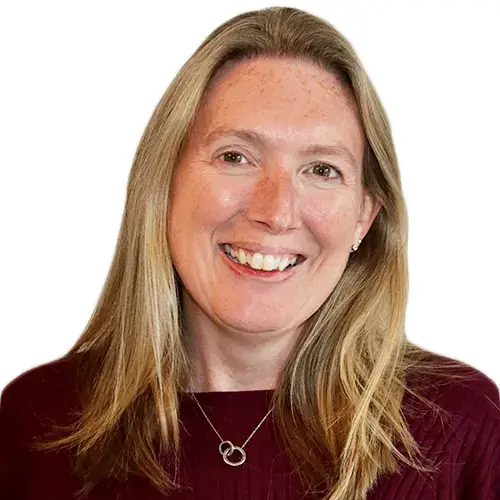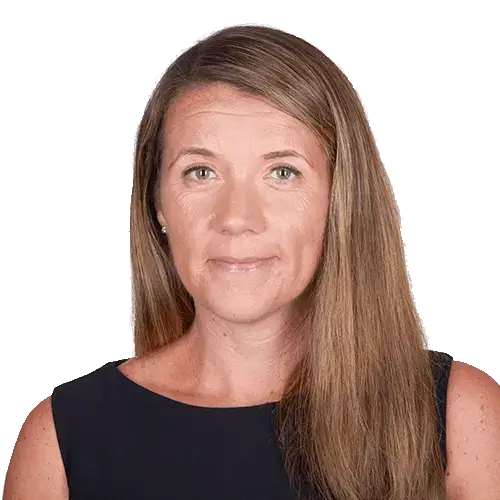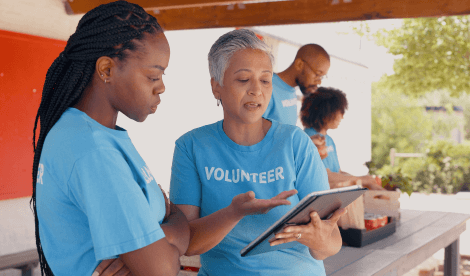Kimberley Foulkes FCCA
- Audit Senior Manager
- +44 (0)330 124 1399
- Email Kimberley
Suggested:Result oneResult 2Result 3
Sorry, there are no results for this search.
Sorry, there are no results for this search.
View all peoplePublished by Kimberley Foulkes on 5 November 2024
Share this article
Since The Charity Commission published its 2017 report Taken on Trust: awareness and effectiveness of charity trustees in England and Wales, a spotlight has been shone on the lack of diversity on charity boards.
Charities should embrace a diverse audience to thrive and succeed, which reflects modern Britain, but finding individuals of different gender, race, background and age and persuading them to be a trustee for your organisation can be a challenge.
Also, how do individuals know if they will make a good charity trustee, and what skills and experience is needed unless they are involved with a charity and have guidance and support from experienced trustees?
A way of bringing people and charities together is to have a shadowing programme, shadow boards and trainee board member opportunities, which provides board experience for people before they commit to a formal role and gives them the skills to make an effective contribution.
As part of the programme, board shadowers and trainee board members typically join board meetings and take part in discussions to help inform decision making, but they don’t usually have voting rights. What they bring to the board are different insights and ideas and they will also help to challenge the traditional way of thinking.
To set up a board shadowing programme, the existing charity board needs to be ready and willing to provide a supportive and inclusive environment. For each shadow role there should be a description of the role and the responsibilities to provide clear guidance to the incoming person.
The charity needs to decide how many positions will be made available and for how long, and also decide which groups are under-represented on the board.
Recruiting the shadow board can be done through several routes – advert on website, LinkedIn etc., and the application process needs to include a way for people to self-identify, provide details of lived experience and accessibility requirements so that you can identify the target audience easily.
Once you have made your selections, it will be useful for existing board members to meet the shadow candidates to make sure everyone feels comfortable, and they are happy to commit to the role.
To help prepare candidates for their first board meeting, you might want to have a pre-meeting and send board papers to them and encourage them to ask questions.
Consider scheduling meetings at a convenient time for everyone to attend, especially those with jobs and juggling family and other commitments.
At the meeting, all board members should be reminded to avoid jargon and acronyms, and if that can’t be avoided then it would be helpful to provide a glossary of terms commonly used.
Discussions should be structured to avoid issues around confidentiality or conflicts of interest, and shadow board members might need to leave the meeting for confidential and board only discussions.
After the meeting, it may be useful to hold a separate de-brief style meeting with the shadow board members to discuss their questions and to help build a connection with them. You should also consider inviting them to find out more about the charity’s work and visit different sites and projects as well as inviting them along to networking events and open days etc.
Another issue to consider when asking new people to participate in meetings is around safeguarding, to make it clear that they don’t have to share their own personal or sensitive information but to use their experience to contribute to informed discussion. It might also be necessary to provide emotional support to everyone taking part in discussions around challenging subjects.
Be willing to change the ways in which people can digest information and contribute to discussions, especially for those who require adjustments to be made. Finally, consider providing training to help individuals as well as offering remuneration and expenses to people taking part.
Building a diverse charity board which is equipped for leading the charity successfully in the future is important, and if your charity hasn’t begun to consider this issue, then there is no time to delay.
At Kreston Reeves, we support all our employees in taking a paid volunteering day and encourage those with an interest and a passion in not-for-profit to consider becoming a trustee of a charity or becoming a governor of a school. Several employees in our specialist Not for Profit and charities team here are Trustees and governors, and recently Kimberley Foulkes spoke at the National MAT Governance Conference for GovernorHub as part of a panel on multi-generational board working.
We provide training to our clients each year on the importance of trustee responsibilities and understanding governance and Charity Commission requirements.
If you would like to know more about our charity training, please contact us.
Share this article
This site is protected by reCAPTCHA and the Google Privacy Policy and Terms of Service apply.
Related people
This site is protected by reCAPTCHA and the Google Privacy Policy and Terms of Service apply.
This site is protected by reCAPTCHA and the Google Privacy Policy and Terms of Service apply.
Our complimentary newsletters and event invitations are designed to provide you with regular updates, insight and guidance.
You can unsubscribe from our email communications at any time by emailing [email protected] or by clicking the 'unsubscribe' link found on all our email newsletters and event invitations.
This site is protected by reCAPTCHA and the Google Privacy Policy and Terms of Service apply.






